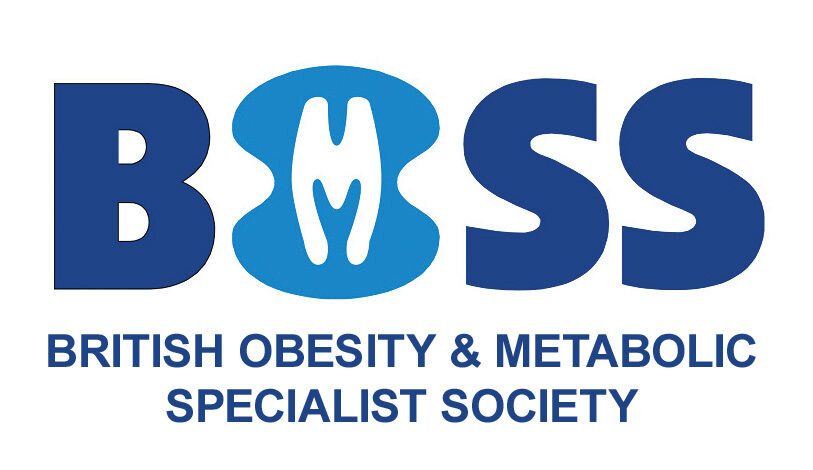 Gastric bypass has been performed as a treatment for severe obesity since 1960’s. The surgery involves stapling across the stomach to create a small pouch (size of an egg), the ‘new’ stomach. The rest of the stomach remains inside you, but food does not go into this. The small intestine is re-plumbed creating a short cut from the new stomach to the mid-part of the small intestine, bypassing the first part of the small intestine.
Gastric bypass has been performed as a treatment for severe obesity since 1960’s. The surgery involves stapling across the stomach to create a small pouch (size of an egg), the ‘new’ stomach. The rest of the stomach remains inside you, but food does not go into this. The small intestine is re-plumbed creating a short cut from the new stomach to the mid-part of the small intestine, bypassing the first part of the small intestine.
Gastric bypass works by several mechanisms. Most importantly, the rerouting of the food stream alters gut signals leading to increased satiety, reduced hunger, changes in taste and improved blood sugar. In addition, the newly created stomach pouch is considerably smaller and facilitates significantly smaller meals, which translates into less calories consumed.
On average, people lose 20-30% of their total body weight.
Gastric bypass requires adherence to dietary recommendations, lifelong vitamin/mineral supplementation, and follow-up compliance. The surgery can be reversed if required.
Smoking significantly increases risks associated with this operation.
Surgical options:
